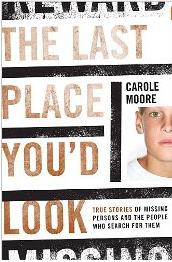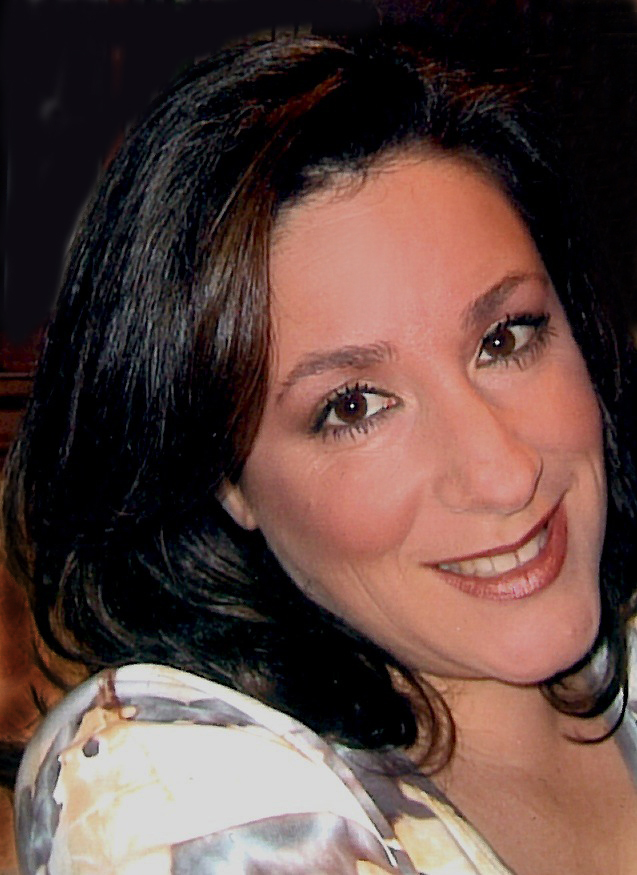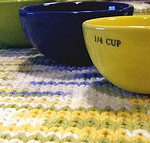When I was a camp counselor after my sophomore year of college, I had a standard response to kids who asked, “Do I have to?” Whether they were complaining about sweeping out the cabin or taking a hike, I’d look them in the eye, smile and say, “No. You get to!”
I wasn’t a teacher yet, but I had this instinct to spin complaints into commendations. Sometimes this worked. The hikes were a good time, and even sweeping sometimes ended in fits of laughter or song.
But the more I think about math and grownups, the more I think that this flip response doesn’t apply. I do think math is fun — well, some math. I love proofs, from the two-column geometry proofs that I did in high school to proving properties of our real number system. I also love doing some kinds of algebra, like solving systems of equations with two variables.
But I don’t love all math. Try as I might, probability still screws with my head. And I honestly and truly despise logarithms. (Those are to solve for x, when the variable is an exponent. More than likely, you haven’t seen logarithms in decades.)
The realization that math doesn’t have to be fun really hit home twice this past year. When I wrote my proposal for Math for Grownups, the publisher offered positive feedback, except for one thing. “Don’t focus on the fun of math,” my editor said. “Focus on the fact that we need it.” That was a real wake-up call for me. I couldn’t say to my readers, “You don’t have to do this math; you get to!”
And this spring, I also served as an instructional designer for two online, high school math courses, Algebra II and Probability and Statistics. This meant that I reviewed the lessons, looking carefully at the pedagogy and mathematics. I could tell when I loved the math. I was ready to work every day and genuinely didn’t want to stop until everything was finished. But when I hit a unit that was less engaging for me, I stalled. I looked for anything else I could be doing — laundry, cleaning out my email, visiting my favorite blogs.
I didn’t love all of the math I was doing. Why should I expect that of anyone else?
That’s why I say that math doesn’t have to be your BFF. It’s like making dinner every night. Some people can’t wait to get their hands into some fresh bread dough or chop up onions or heat up the grill. Others are satisfied with take-out. And then there are plenty of us who are very happy somewhere in the middle.
But we’ve all got to eat, whether we love cooking or not. And we’ve all got to do math. You don’t have to love it, but you can learn to tolerate it.
What do you love or hate about math? Share your ideas in the comments section.








